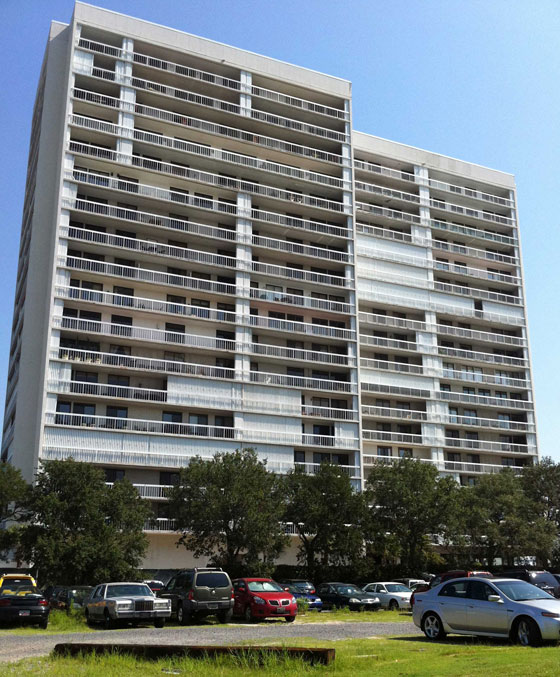Weatherproofing and Moisture Protection

Concrete can easily suffer water and ice damage. Following the engineered foundation plans and using a combination of materials is key to help insulate it. Conventional waterproofing systems involve the application of one or more layers of membranes that act as a barrier between the water and the building, preventing the passage of water.
It may seem unnecessary to waterproof a metal building since steel is inherently waterproof. Steel and metal building materials are used alongside less waterproof materials, such as wood or insulation which are all susceptible to water damage that will compromise the integrity of the building as a whole if they aren't waterproofed correctly.
This means using a combination of waterproofing techniques. You'll want to install the overhangs, gutters, and downspouts necessary to divert water away from your building. Don't forget to protect the building using sealant wherever it is needed. We make sure your overhangs extend one to three feet away from the sides of the building and we only use high-quality weatherstripping on doors and windows to keep moisture out.
The integrity of your metal will depend on the quality of your foundation and roofing. While steel buildings have the ability to withstand winds, the building's foundation plays a huge role. Always adhere to the building's engineered foundation plan and follow the plans to the letter.
We consider your climate when choosing the pitch of your roof, and we use high-quality roofing products to make sure your roof is a durable shield against the elements. We understand that the choice of materials we make now will affect your building's ability to resist weather for the rest of its lifespan.
Insulation in metal buildings does much more that just regulate temperature. We select your insulation based on a variety of factors, including your climate, the function of the building, and average annual temperatures. Industrial buildings or buildings in hot, arid climates may need more fire retardant materials, or insulation that is designed to divert radiant heat.
